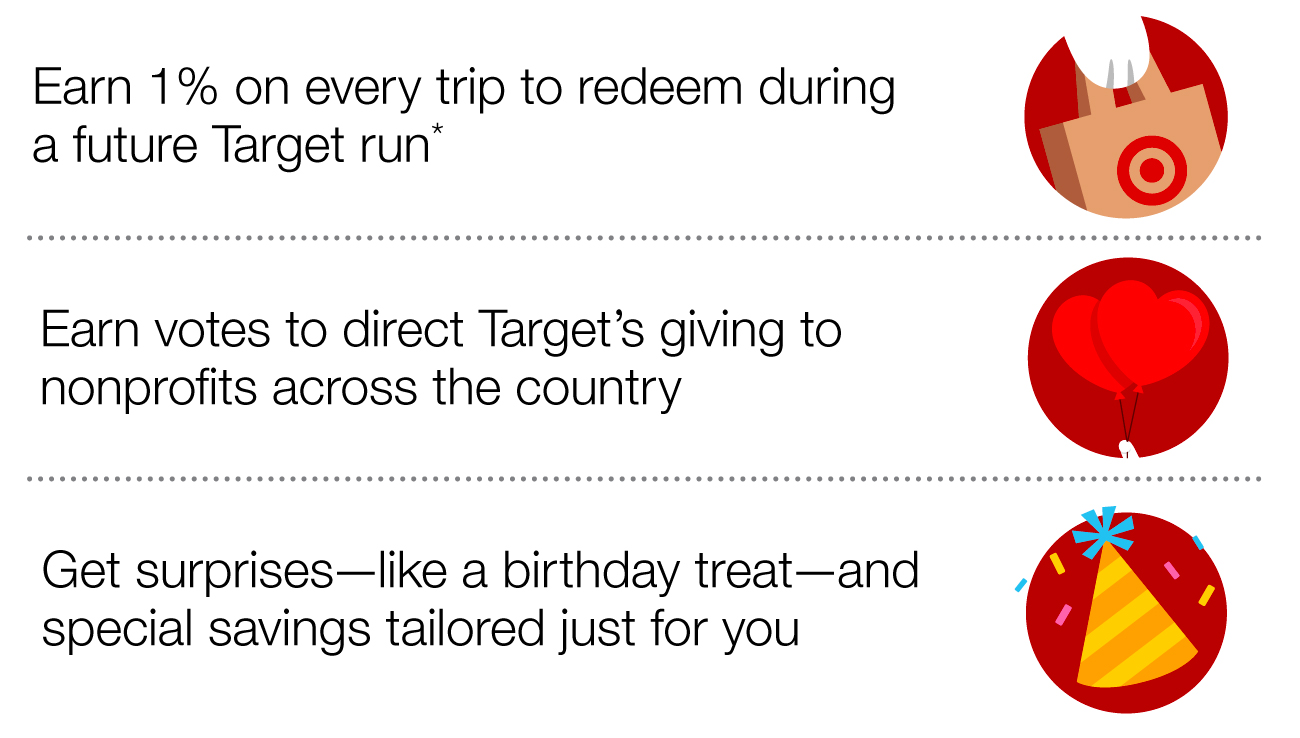Building strong customer relationships will help you build loyalty and grow your business. As a client, several companies have wowed me with exceptional customer service. Chewy, for example, recently impressed me by sending my dog a handwritten birthday card. Another company often emails me discounts for my favorite running gear.

These small gestures are part of customer relationship marketing (CRM). CRM focuses on delivering great customer experiences and building loyalty. Companies use this approach to develop long-term connections with their clients.
Customer relationship marketing can help you grow your business and increase engagement. It’s also one of the best ways to build a strong brand reputation and stand out from competitors.
Introduction to customer relationship marketing
Let’s start by defining customer relationship marketing.
This term refers to marketing techniques used to manage and nurture customer relationships. It’s an approach that aims to build customer loyalty and keep existing clients.
Customer relationship marketing (CRM) starts with collecting data about clients. For example, you can survey customers about their favorite products and interests. This information lets you create personalized experiences that meet the needs of your customers.
Let’s say your business maintains medical equipment. You can collect information about your clients’ devices and service history. This data lets you send personalized offers and service reminders. You can also share tips for maintaining and upgrading their equipment. These strategies will help you strengthen your relationships and provide more valuable service.
Benefits of customer relationship marketing
Customer relationship marketing offers many advantages for businesses of all sizes.
One of CRM’s biggest benefits is increased retention. CRM helps you please customers and serve their specific needs. Clients who feel valued are more likely to stick around and make repeat purchases. Research shows that returning customers spend 67% more than new clients.
Customer relationship marketing also improves decision-making. The data you collect about your clients helps you make strategic choices. For example, you can create meaningful content tailored to your audience. You can also use this information to develop tailored products and services.
Other advantages of CRM include:
- Greater customer satisfaction
- Higher return on investment for marketing campaigns
- Improved brand reputation
- Increased customer loyalty
- Increased referrals
- More targeted upselling and cross-selling
Disadvantages of ineffective customer relationship marketing
Ineffective customer relationship marketing can lead to low retention rates. If your customers don’t return, you must keep attracting new clients. This approach can be expensive and time-consuming.
Poor CRM may also hurt your brand reputation. Dissatisfied customers may leave bad reviews and create negative word-of-mouth. Nurturing strong customer relationships can help you avoid these challenges.
Types of customer relationships
Understanding customer goals of relationship marketing can help you meet their needs. Here are four common types of clients.
Loyal customers
Loyal customers are your brand’s ride-or-die fans. They love your products and services and provide most of your sales revenue. You can appeal to these clients with rewards programs and exclusive discounts. Surveys and focus groups also empower them to give input about your brand.
Discount customers
Discount customers are always on the hunt for a good deal. Woo these customers with coupons and sales, but don’t expect them to stick around. They tend to have low loyalty and focus on cost over brand.
Impulse customers
Impulse customers buy products and services on a whim. They may stumble across your website or see a social media post that inspires them to buy something. Cater to these clients with product recommendations and upselling opportunities.
Need-based customers
Need-based customers have specific goals. They only buy products and services that meet a particular need or solve problems. They also tend to care more about function and value than specific brands. You can impress these customers by providing excellent customer service and post-purchase help.
Importance of customer relationship marketing
CRM can give brands a competitive advantage, especially in crowded industries. This approach focuses on nurturing relationships and building a loyal customer base. These clients are more likely to buy your products and come back for more. They may also promote your brand through word-of-mouth and social media.
Brands can also use CRM to educate clients about their products and industries. For example, you can create how-to guides and webinars based on your audience’s interests. This content builds trust and engagement, leading to even stronger relationships.
Factors impacting customer relationships
Several factors significantly impact your relationships with customers, including:
- Customer service: Clients often remember their interactions with your representatives. Make a positive impression by delivering excellent customer service throughout the buying journey. Respond to clients promptly and look for opportunities to exceed expectations.
- Personalization: Use data analytics to personalize your marketing. For example, you can track browsing history and send clients relevant coupons.
- Use of technology: Use an email marketing platform to personalize newsletters and messages. You can also use artificial intelligence tools to tailor content for your audience.
Optimizing customer relationships
Businesses can use many strategies to maximize their customer relationships.
Start by nurturing existing clients. These people are familiar with your brand and have already invested in your products. As a result, they may be easier to convert and upsell than new customers.
Here are a few marketing tactics to help you engage this audience:
- Create a reward program.
- Invite customers to create user-generated content.
- Respond to comments on social media platforms.
- Send newsletters with updates about your business.
It’s also essential to communicate the right message at the right time. Create time-sensitive content related to holidays, industry trends, and other milestones.
Evolution of relationship marketing: Traditional vs. digital era
Scholars created relationship marketing in the 1980s. This approach focused on “attracting, maintaining, and promoting customer relationships through multiple services.”
At first, relationship marketing relied on traditional tactics. Brands communicated with customers through direct mail, phone calls, and in-person interactions. They also began segmenting clients based on their interests and needs. These early tactics signaled a shift from sales-focused to customer-centric approaches.
Modern businesses use technology to nurture connections and improve loyalty. Customer relationship marketing software allows companies to collect data and personalize their campaigns. For example, Constant Contact’s Customer Relationship Management software lets you send clients tailored offers and create personalized social media ads.
Many companies also use membership models to gain loyalty. Consider offering repeat customers free products and other exclusive benefits. You can also develop subscription models so clients can customize their services. These tactics can deepen your relationship and boost customer lifetime value.
Research and reports in customer relationship marketing
Learn more about the state of customer relationship marketing with industry reports. For example, Grand View Research publishes reports about the CRM market while CIO tracks CRM trends.
You can also deepen your knowledge by reading academic research. The International Journal of Customer Relationship Marketing and Management publishes articles about CRM. You can also subscribe to the Journal of Relationship Marketing.
These resources help you study the latest marketing trends and best practices. They also allow you to continuously improve your campaigns with evidence-based tactics.
Acquiring customer relationship marketing skills
You’ll need cutting-edge skills to excel at customer relationship marketing. Luckily, there are plenty of resources to help you get started.
Coursera offers classes on strategic customer relationship management. Udemy and edX also have relevant marketing courses. These training opportunities deepen your knowledge of customer-centric marketing and boost your credibility.
Joining professional organizations can also help you learn about CRM. For example, the American Marketing Association offers digital marketing certifications. Members also gain access to 200 training resources on various marketing topics.
Customer relationship marketing strategies
Marketers have developed a wide range of customer-centric tactics. Here are six ways to build meaningful, long-lasting relationships with clients.
Personalized service
Seventy-one percent of customers expect businesses to personalize their communications and interactions. To meet this demand, offer personalized customer service. For example, you can use email marketing software to customize your messages. You can also survey customers about their preferred communication methods.
Customer engagement across platforms
Nurture relationships by engaging customers through many channels. Research your target audience to identify their favorite channels. For example, business professionals may enjoy webinars, while busy parents prefer to skim an email.
Next, create valuable content and tailor it for each channel. Let’s say you want to educate customers about a new product. You could share informational videos on social media and write blog posts. Use a consistent brand voice across channels to build familiarity with your audience.
Incentives and loyalty rewards
Eighty percent of Americans buy from businesses more often after joining their loyalty programs. Take advantage of this trend by offering perks and rewards. For example, you can create a rewards program with points for every sale. You could also give new members free products and exclusive discounts. These perks build loyalty and increase sales.
Content creation for storytelling
Create content that tells compelling stories about your brand and products. This content could include:
- Blog posts
- Case studies
- Success stories
- How-to guides
- Infographics
- Quizzes
- Videos
Focus on creating valuable content that educates and inspires your audience. For example, you can use case studies to show how your products help clients solve problems.
Regular feedback collection
You can’t understand your customers’ needs if you don’t ask. You should routinely gather feedback about their expectations, experiences, and problems. This information can help you improve your customer service and products.
Here are five effective tools to collect feedback:
- Feedback forms on your website
- Focus groups
- Social media polls and quizzes
- Social media listening
- Surveys
Building long-term relationship goals
Set clear and specific goals for your customer relationships. These goals will help you focus your marketing efforts and measure progress.
Here are a few examples of long-term relationship goals:
- Add 1,000 members to your rewards program.
- Boost customer retention by 20%.
- Grow your social media following by 25%.
- Increase customer lifetime value by 10%.
- Raise customer satisfaction scores by 20%.
Case studies in customer relationship marketing
Brands use many strategies to strengthen their customer relationships. Study other companies’ successes to learn about the most effective methods and get inspired.

For example, Target created a free loyalty program to engage customers. Members get free gifts, points, and other benefits. This program encourages repeat purchases and builds brand loyalty.

H&R Block uses email marketing to connect with customers. For example, the company sent inactive clients a discount before the tax filing deadline. This benefit could encourage customers to return to the company.
Tools and software to enhance CRM
Combine your marketing tactics with CRM software to save time. Constant Contact’s Customer Relationship Management platform lets you collect and manage customer data. You can use this information to personalize emails, social media posts, and other content. This software also automates marketing tasks like sending welcome emails to new members.
Customer relationship marketing for different industries
Tailor your customer relationship marketing strategies for your industry. This process will help you deliver the most engaging customer experiences.
Here are two industry-specific customer relationship marketing examples:
- Healthcare: Create educational content related to your patients’ health challenges. For example, you can send a monthly newsletter about diet and preventative care.
- Tech: Offer free product demonstrations of software and other products. Customize these demos to address each customer’s pain points.
CRM metrics can help you measure how these strategies impact your customer relationships. Relevant data points include:
- Churn rate
- Customer lifetime value
- Lead response time
- Number of rewards program members
- Retention rate
- Social media followers
Challenges and solutions in modern customer relationship marketing
As customer relationship marketing evolves, new challenges have emerged.
Data privacy is one of the biggest concerns. Companies can respect customers by asking for permission before using their data. They should also let clients opt out of data-driven marketing.
Omni-channel engagement is another challenge. Brands can use dozens of methods to engage customers but often need help to keep a consistent voice. Use marketing software to coordinate your marketing across many platforms.
The future of customer relationship marketing
Customer relationship marketing lets you deepen your connections with clients. This customer-centric approach focuses on long-term relationships instead of quick sales. It’s one of the best ways to build customer loyalty and boost retention.





